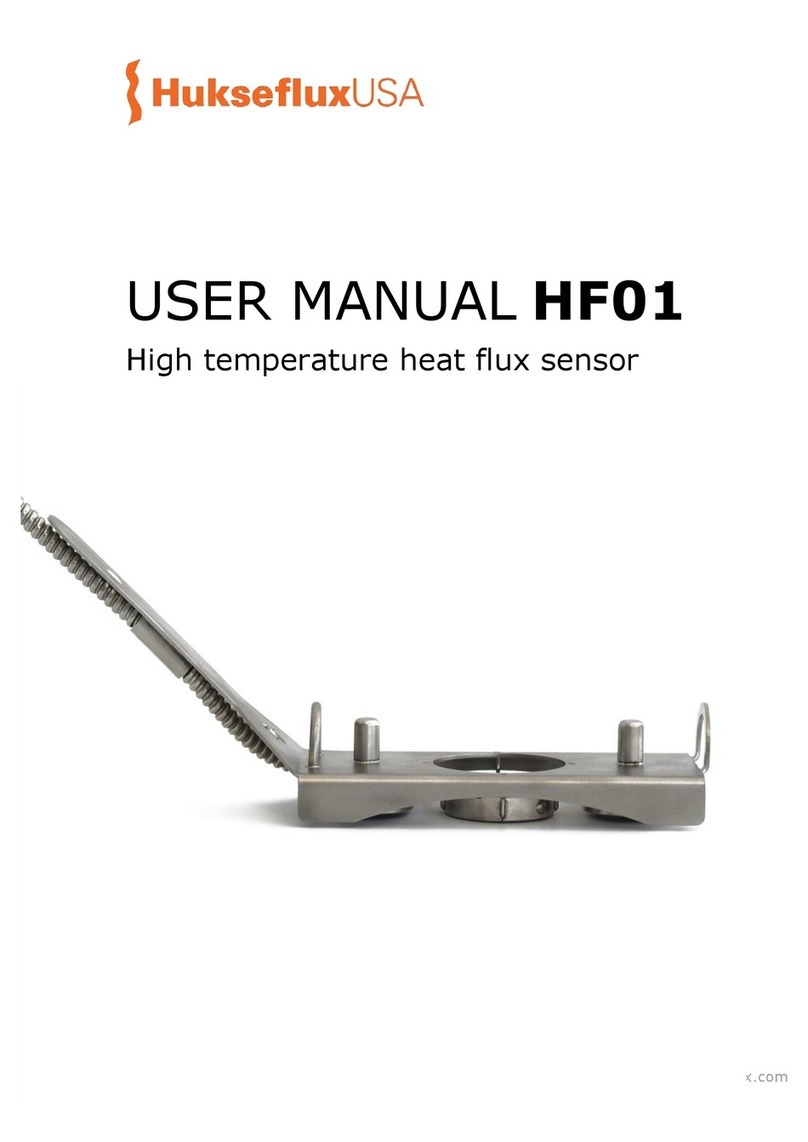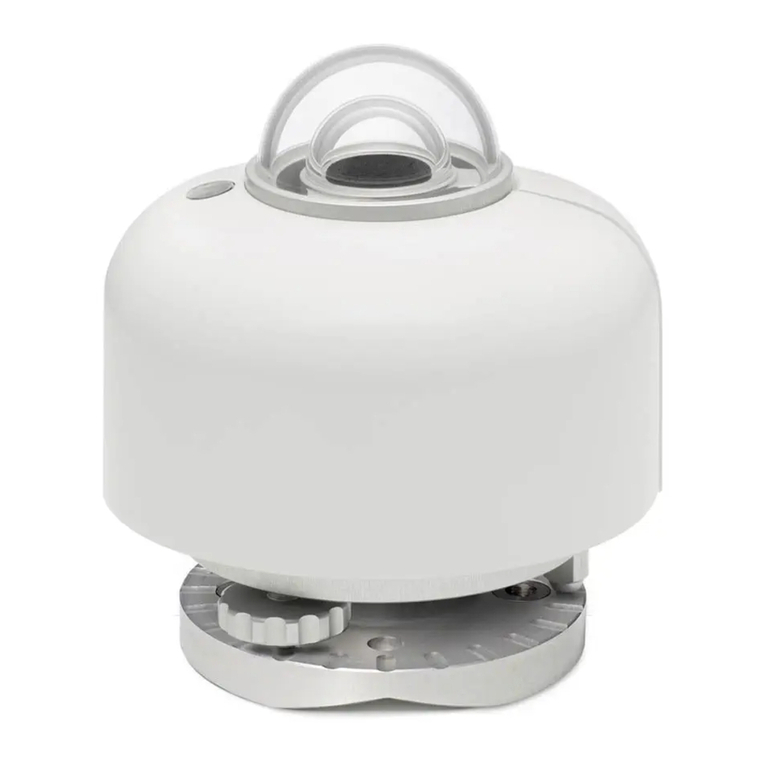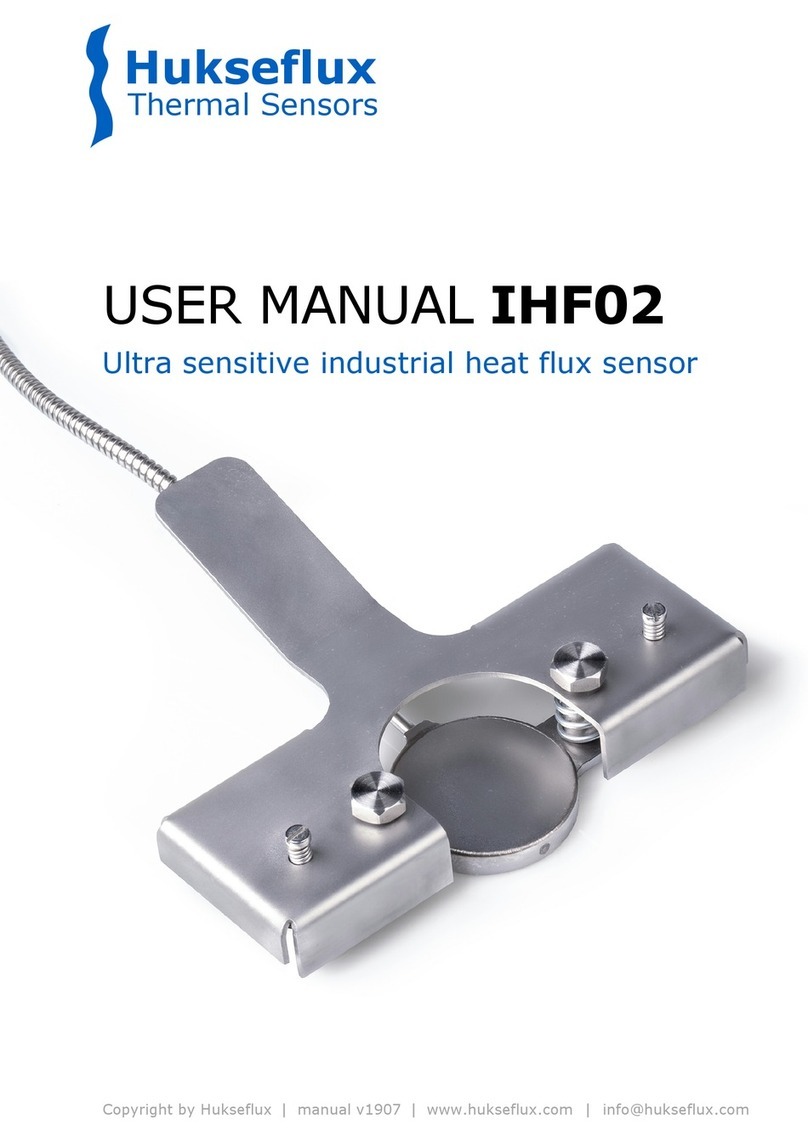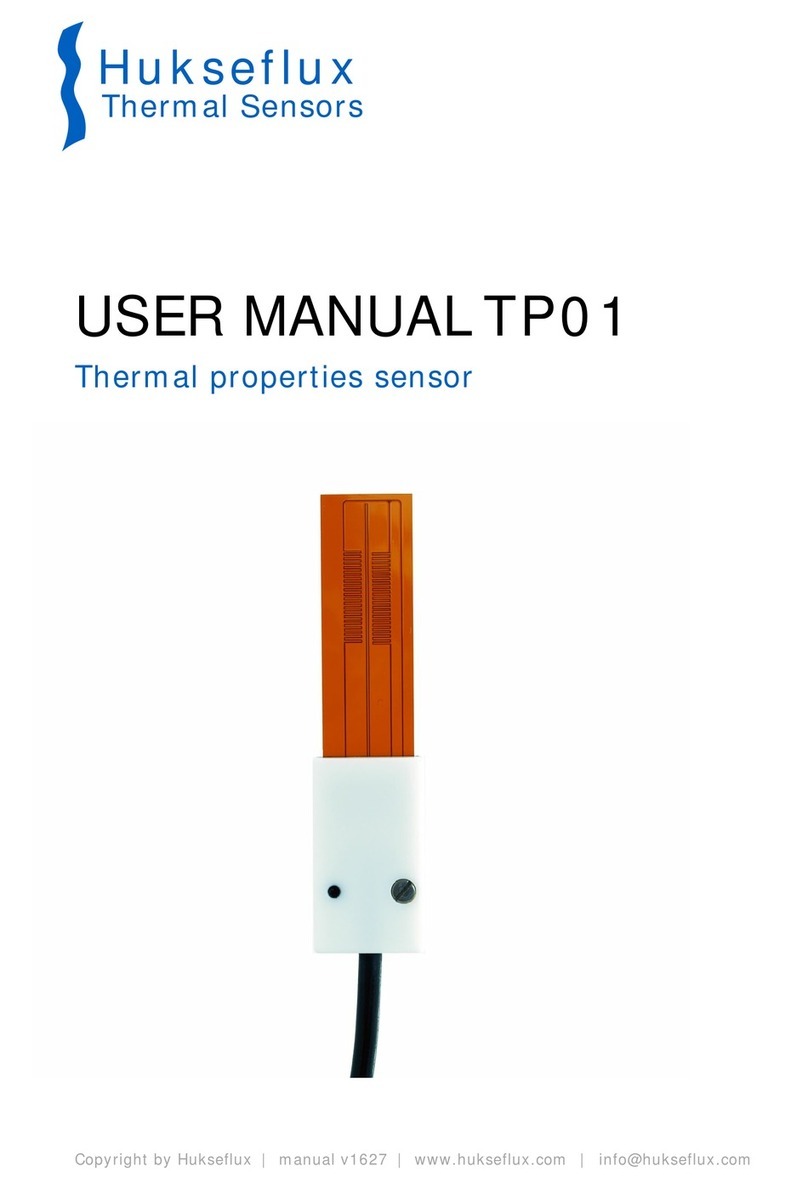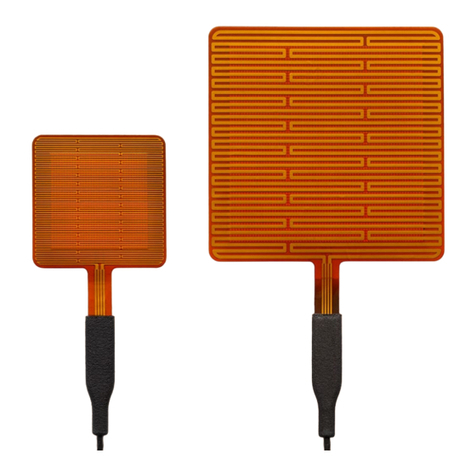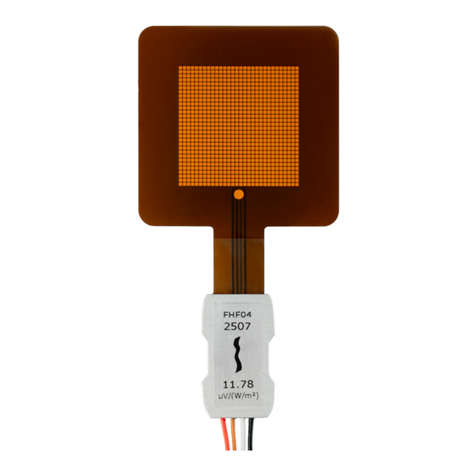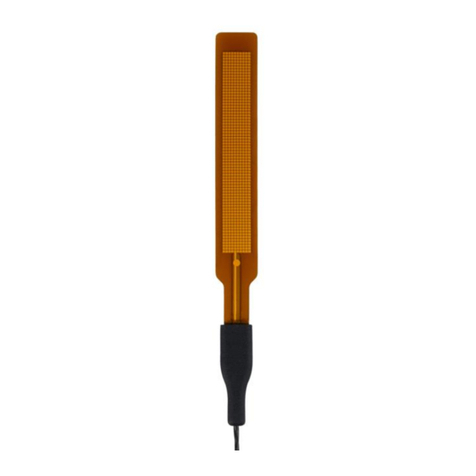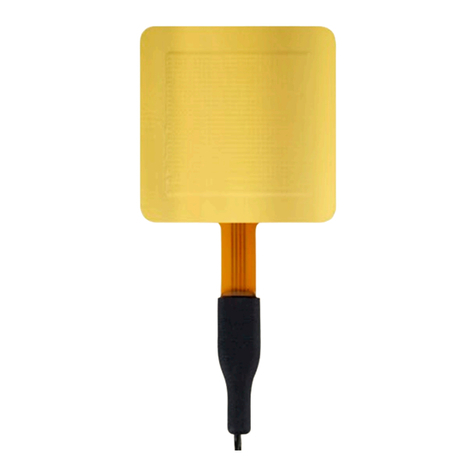Hukseflux Thermal Sensors
HFP01/ HFP03 manual version 0612 page 4/35
Introduction
HFP01 is the world’s most popular sensor for heat flux
measurement in the soil and through walls and building
envelopes. By using a ceramics-plastic composite body the total
thermal resistance is kept small.
HFP01 serves to measure the heat that flows through the object
in which it is incorporated or on which it is mounted. The actual
sensor in HFP01 is a thermopile. This thermopile measures the
differential temperature across the ceramics-plastic composite
body of HFP01. Working completely passive, HFP01 generates a
small output voltage proportional to the local heat flux.
Using HFP01 is easy. For readout one only needs an accurate
voltmeter that works in the millivolt range. To calculate the heat
flux, the voltage must be divided by the sensitivity; a constant
that is supplied with each individual instrument.
HFP01 can be used for in-situ measurement of building envelope
thermal resistance (R-value) and thermal transmittance (H-
value) according to ISO 9869, ASTM C1046 and ASTM 1155
standards.
Traceability of calibration is to the “guarded hot plate” of
National Physical Laboratory (NPL) of the UK, according to ISO
8302 and ASTM C177.
A typical measurement location is equipped with 2 sensors for
good spatial averaging. If necessary two sensors can be put in
series, creating a single output signal.
If measuring in soil, in case a more accurate measurement is
needed the model HFP01SC should be considered.
In case a more sensitive measurement is required, model HFP03
should be considered.
In case of special requirements, like high temperature limits,
smaller size or flexibility the PU series could offer a solution.
This manual can also be used for HFP03. Differences between
HFP03 and HFP01 are highlighted in a special appendix on
HFP03.
